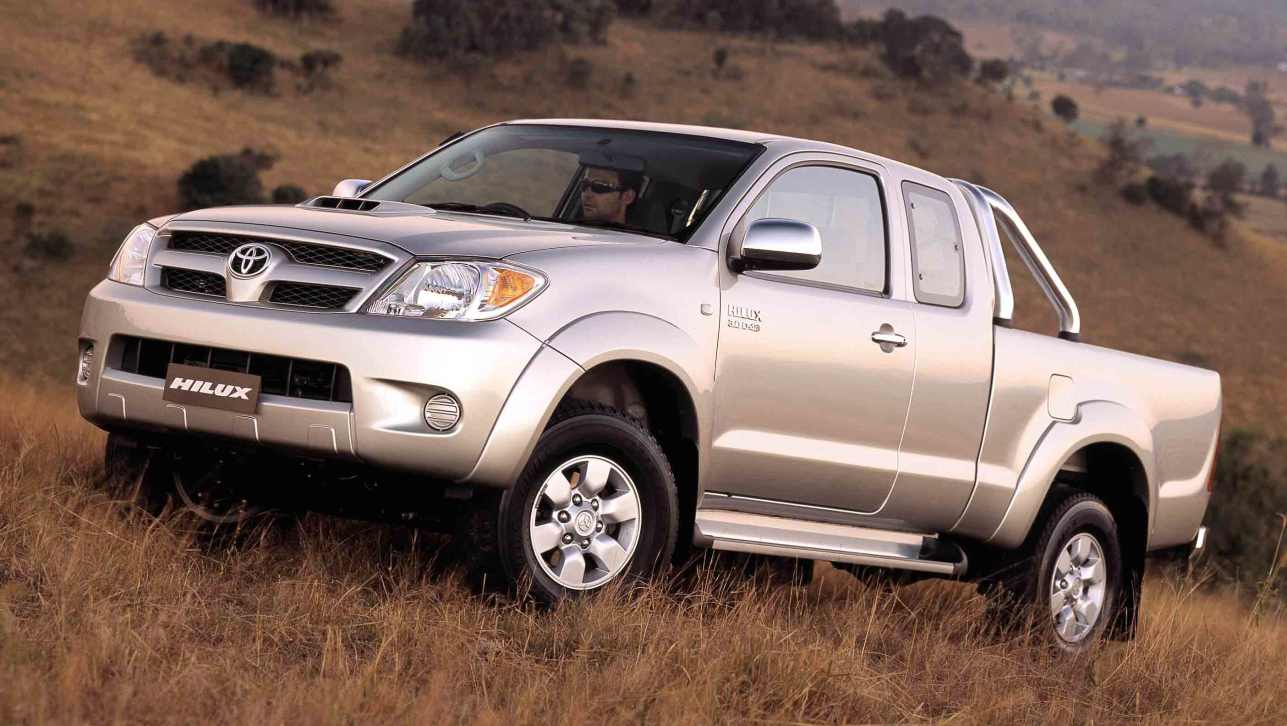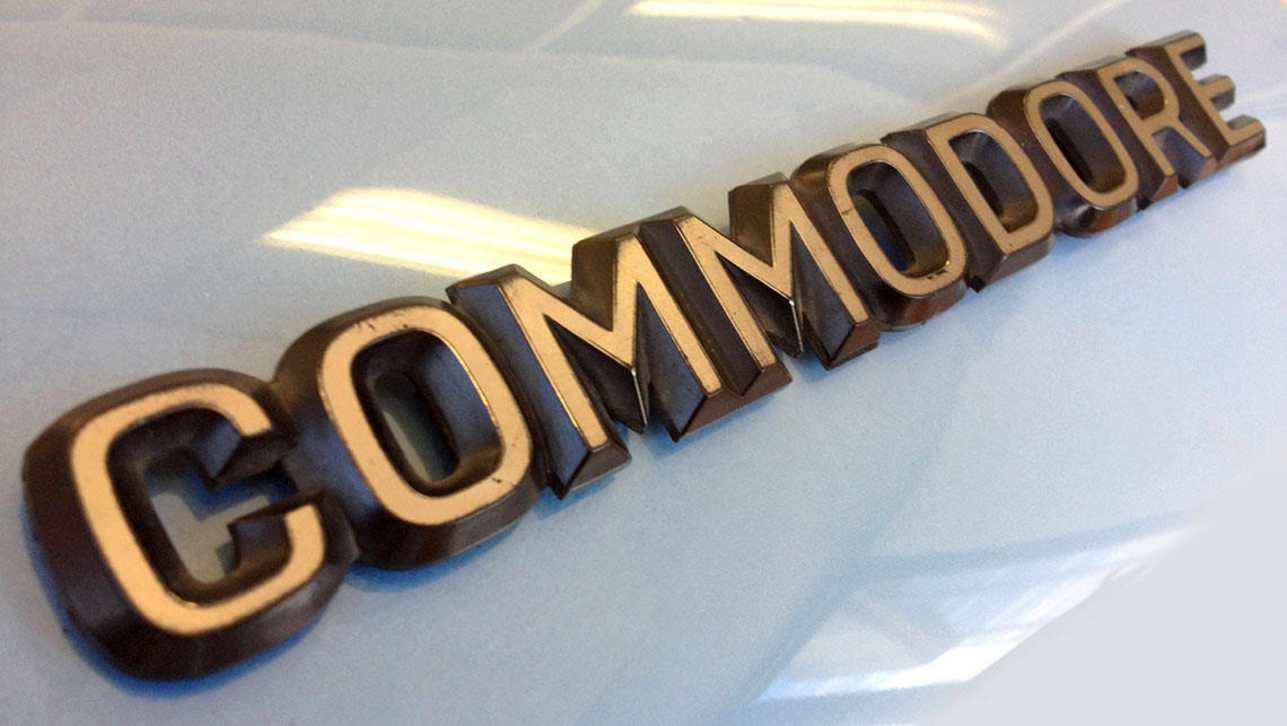An email arrived the other day and we were unsure whether it was bonafides or just a crank letter. Hydroplaning is especially dangerous while the car is on cruise control, as the increased reaction time and lack of pedal feel can cause the car to accelerate without warning, our correspondent wrote.
"The problem with cruise control is that it may try to accelerate while the car has uneven traction. This can cause the vehicle to veer to the low traction side. The same problem can occur if the driver uses either gas or brake under uneven traction. When braking, the car will veer to the high traction side. I've had a cruise-fitted car for five years now; use the facility whenever I can, and I had never thought about this."
Our correspondent was referring to an unconfirmed incident that occurred recently in NSW. A 36-year-old female driver was travelling between Wollongong and Sydney when she had an accident in which she wrote off her car.
It was raining, though not excessively, when her car suddenly began to hydroplane and literally flew through the air. She was not seriously injured but stunned by what had happened. When she explained what happened to a police highway patrolman, he told her something that every driver should know. That is: never drive in the rain with your cruise control on.
She thought she was being cautious by setting cruise and maintaining a safe, consistent speed in the rain. But the highway patrolman told her that if cruise is on and your car begins to hydroplane, it will accelerate and take off like an airplane. She told him that was exactly what had occurred.
The Highway Patrol estimated her car was travelling through the air at 16km/h to 23km/h faster than the speed set on the cruise control. The patrolman said this warning should be listed on the driver's seat sun visor: `Never use the cruise control when the pavement is wet or icy', along with the airbag warning.
We tell our teenagers to set the cruise control and drive a safe speed - but we don't tell them to use the cruise control only when the pavement is dry. The only other person the woman found, who knew this (besides the patrolman), was a man who had had a similar accident, also totalled his car and sustained severe injuries.
One of the Holden Commodore websites had this to say: The man was driving to work in his Holden VR Commodore with cruise control set to exactly 110km/h. As the car started to go uphill, the cruise control kicked down a gear. Unfortunately, at this exact time, he went over a patch of water, which combined with the acceleration of the cruise control caused his car to aquaplane. The car fishtailed, he lost control and went head-on into some trees.
Carsguide contacted two respected manufacturers for advice on this phenomenon - Subaru and Audi. Without explanation Audi states: "For safety reasons, the cruise control should not be used . . . under unfavourable road conditions (slippery, wet)." Subaru, under the heading 'Cruising Safely or Cruise Control' states: "Many drivers are surprised to learn that cruise control should never be used on slippery or wet roads."
Russell White from the Holden Performance Driver Training Centre said cruise control should be turned off on wet roads and also on twisting roads. "Cruise control is designed for long, dry good roads without too much traffic," he said. Pass the message on. It seems like good advice for a rainy day.





.jpg)
.jpg)



.jpg)
.jpg)

.jpg)


.jpg)




.jpg)







Comments